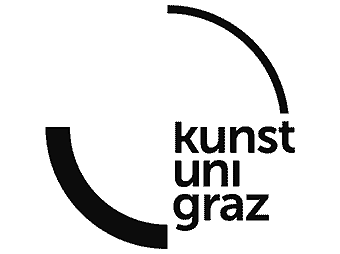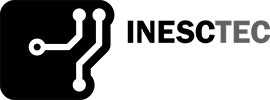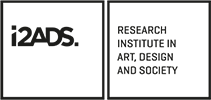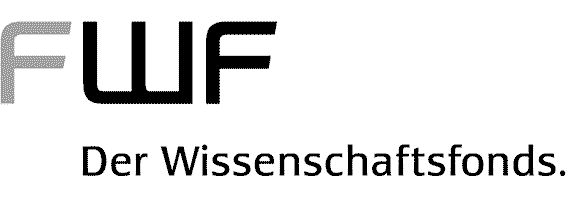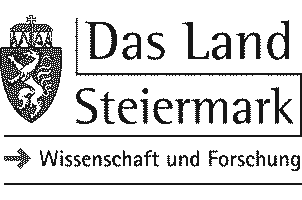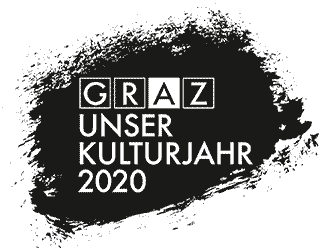Art, Nature, and the Sublime in Virtual Reality
This paper addresses philosophical questions that are relevant to virtual reality (VR) developers, designers, and artists. It argues that some objects in VR really exist, and some of these virtual objects that exist are really what they appear to be. Digital art, like digital photography, 3D models, and interactive art installations in VR environments, are real art. Unlike art, nature in VR cannot be real nature, and experiences of nature in VR are illusory. However, VR nature can be real art, and VR art can elicit experiences of the sublime. This paper also offers suggestions of how to design sublime experiences in VR.

